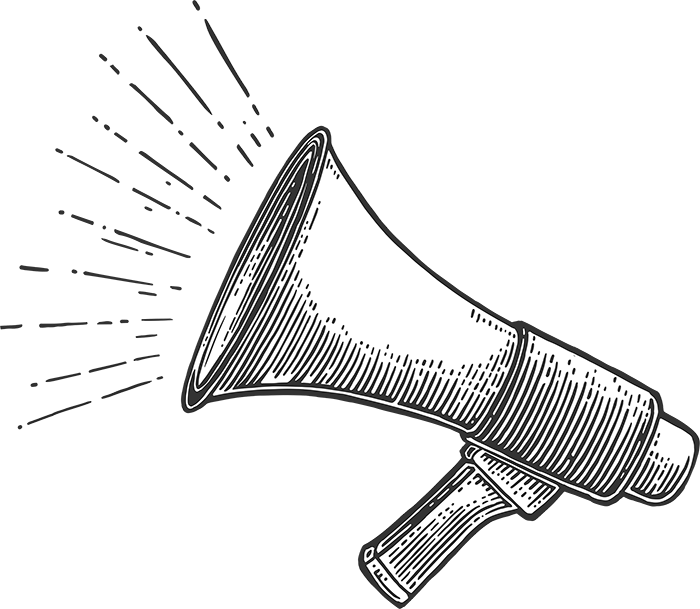Alternative Discovery & SEO: Feeds, PDFs & Blog SEO
Back from yet another dismal boxed lunch. Honestly, food shouldn’t be so depressing. Or soggy. Significantly less depressing than lunch? Moderator Joe Laratro and speakers Stephan Spencer, Founder & President, Netconcepts, George Aspland Founder & President, eVision, LLC and Greg Jarboe President and co-founder, SEO-PR, seo-pr.com. Rick Klau from Google didn’t make it.
Bear with me, my computer refused to turn back on after lunch so it had to be punished with a hard reboot. We’re still trying to make up the lost progress.
George Aspland is up first to teach us about optimizing PDFs. His goal is to teach us how to get higher rankings and more click-throughs from SERP listings for PDFs and also how to take advantage of active links in PDFs.
His advice is to use mostly formatted as text. Just like in HTML, search engines can’t read text as an imagine. What you get when you do that is just page numbers being indexed which isn’t useful to rank for anything.
Also, optimize the text in the document. Pay special attention to the headline in a PDF. Like regular results, Google includes snippets from the PDF and puts the words and phrases of the query in bold.
It’s very important to update the Document Title. It’s just as important as the Title tag is on a Web Page. Double check to be sure that you’ve put in a proper Title. If not, it will just choose a title for you from the text in the PDF (usually the first headline), which will not entice people to click-through to this document.
To update the Title in Word 2003, just go to File, Properties and fill in the proper box. It’s better to update your title in Acrobat. Word will put “Microsoft Word” in front of your Title which isn’t optimal.
How to get your PDF indexed: Link to it from one or more pages that already indexed. Simple.
In order to take advantage of active hyperlinks, you have to make them in the first place: For text URLs, format the look of your URLs (Acrobat won’t make it blue and underlined), export/print as PDF, Open with Acrobat Standard or Pro. In Pro: Advanced > Links > Create from URLs.
Adding links gives search engines a way to travel out of the PDF and onto the site. This is good for PDFs that you’re keeping on your site as well as ones that you’re distributing to customers.
You can promote your PDF by linking to it from multiple pages on your site and by getting other sites to link to it too.
Download “Optimizing PDFs for Search Engines – 2008” from their blog: evisionsem/blog
Greg Jarboe is our next speaker.
His first point is that 30 percent of searches on Google sites aren’t web searches. It’s a percentage that’s only increasing. 15 percent are video searches.
Optimizing .docs
Google News pulls press releases, which are usually given to the wire services as Word docs. It’s time stamped, so recent is better. You would optimize your press release like any other Web page, so use your keywords. Also in Google News, headlines count more than Body copy. The first paragraph is worth more than the last paragraph.
Google Blog Search examines a blog’s title, content and popularity. It indexes blogs by their feeds which will be checked frequently for new content. Blog searches reward recent posts and tend to be indexed faster than regular Web search.
CEO Watch used SEO Samba to optimize their Web site and RSS feeds and saw a traffic jump over time.
YouTube examines dozens of aspects including hits and rating. YouTube gets more searches per month than Yahoo. If you’re not in video, you’re missing out on the second biggest search audience.
What’s different about what they look at:
- Hits
- Comments
- Ratings
You have to have views before you’ll get rankings, and you have to allow comments or it won’t do well.
Universal search incorporates all of the “other stuff” that’s in the 30 percent of other search. It’s not just about optimizing for that 30 percent, it’s about the fact that that 30 percent is creeping into the 70 percent.
Stephan Spencer is next.
More people use Blogger than Movable Type in this audience. Almost everyone uses WordPress. [Maybe now I can convince IT to change us over to WordPress.]
Big SEO mistakes for bloggers:
- Leaving the Title Tags auto-generated
- Squandering your “crawl equity” by letting pages get indexed that don’t deserve to be.
- Having multiple homes for your blog (www vs non-www).
- Not using Optional Excerpt to minimize duplicate content.
- Not using rel=no follow.
- Overreliance on date-based archives.
- No stability in keyword focus on category & tag pages (fix with sticky posts).
- Suboptimial URLs (too long, too many words, too many directories).
- Only one RSS feed and it’s un-optimized.
- Hosting blog/feed URLs on a domain you don’t own.
- Using suboptimal anchor text when linking internally.
Rejig internal linking structure
- Tag clouds and Tag pages and tag conjunction pages — carefully. With great power comes great responsibility.
- Related posts
- Top 10 posts
- Next & Previous / pagination
Use the Web Developer for Firefox on your pages to spot overuse of links. Also? Use a sticky post on your tag pages so that the first post will always set your keyword theme.
You also need to optimize your Title and URLs. A good headline doesn’t mean you’ll have a good Title tag. Use rel=no follow to direct your PageRank.
Other hints for optimizing your Blog’s:
For your Titles:
- Thin Slicing: make quick decisions, don’t over think.
- Only really works if you’re an expert.
- SEO Title Tags plugin for WP will allow you to mass edit Title tags.
- Name your blog something with good keywords.
Optimize your URLs:
- Shorter URLs get twice as many clicks as longer URLs in the SERPs.
- Subdomains/subdirectories/newdomains? Figure it out from your business rules.
- Rewrite to contain keywords, hyphens not underscores
- Test and optimize
Optimize your anchor text:
- Make the post’s title a link to the permalink page
- Use SEOMoz Backlink Anchor Text Analysis tool or BLA
- (tools.seobook.com/backlink-analyzer) to look for links
Minimize Duplicate Content:
- Use Optional Excerpts — paraphrase the post and only put the content on the permalink page.
- Your dates should not be H1 tags
- Use emphasis tags
Optimize your RSS feeds:
- Full text, not summaries
- 20 or more items in your feed
- Multiple feed (by category, latest comments, comments by post)
- Keyword-rich items
- Your brand name in the item
- Your most important keyword in the site container
- Don’t use source tracking parameters.
- Fix your description field
For a bunch of goodies about optimizing your blog, email him at SEO@Netconcepts.com
Q&A
Why would you want to do full text when the scrapers are going to steal it?
Stephan: it’s going to happen no matter what. You’re going to frustrate your core audience with a summary feed. I wouldn’t worry about the scrapers. They can scrape the HTML just as easily. Put a link or a photo in the bottom of your posts so that they’re linking back to you when they repost it.
Does changing the slug 301 the old URL to the new one?
Stephan: Yes. In fact it links from the original to whatever the newest one is, not just to the one right after it.
We already have RSS feeds with information, should we have a blog with that same information?
Greg: Do commentary on the information, not just republish it.
Stephan: Think of your blog as a microsite for those links.
Is there any value in putting current content into a PDF?
George: It creates duplicate content.
Where is the Optional Excerpt?
Stephan: It’s on the update page but you also need to update the template to ‘if it’s not the permalink page and optional excerpt is defined, use it’.

One Reply to “Alternative Discovery & SEO: Feeds, PDFs & Blog SEO”
I agree with you completely and yes the article should be written first keep in mind the people who will be reading it and then SEO. chao!
LEAVE A REPLY









